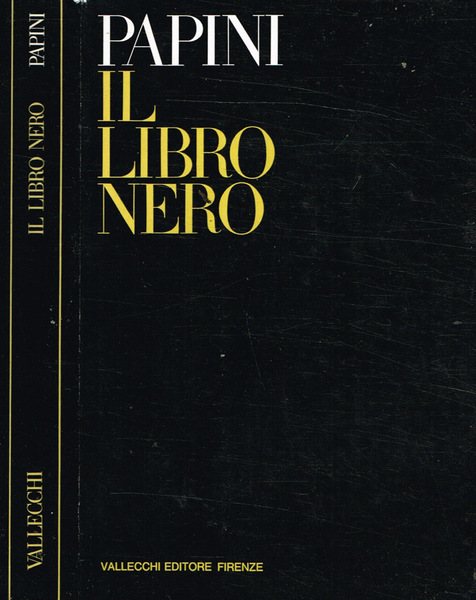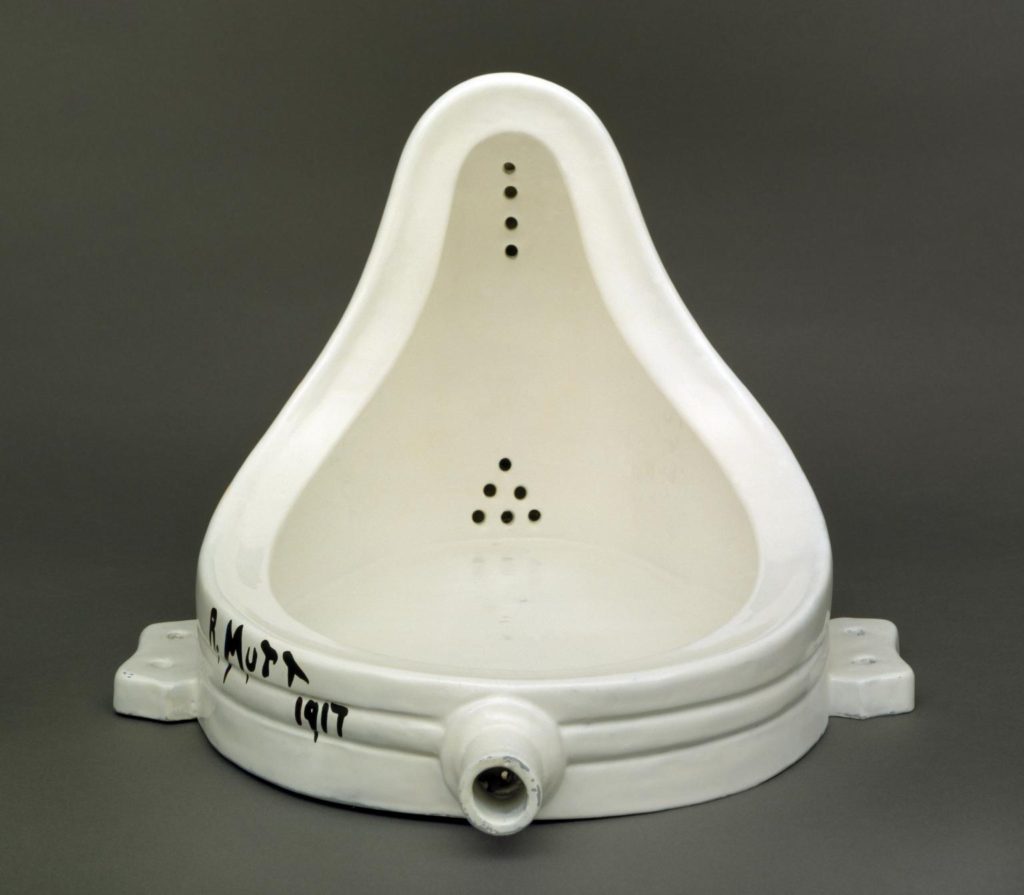
In September, Christie’s will hold an online sale of works by illusive artist Banksy. The sale title itself is presumably drawn from the artist, and completely titled ‘I can’t believe you Morons actually buy this sh*t.’ The asterisk of course inserted by Christies, although I can’t think why.
The work may be by Banksy, or may not be, or may be the production of a number of people, crypto artists, who work collectively under the name of Banksy- all of which possibilities are of appropriate Banksy-an fashion. In a tradition of street art that goes back millennia including more recently the likes of Jean Michel Basquiat, Banksy functions to redefine the nature of artistic production, and changes established notions of what should be included in the artistic canon.

Or not. Frankly, as the title of the auction suggests, Banksy is laughing at the effect he’s having on the world of collecting, and while he laughs, for myself, I’m mystified. But then, the 20th century has been nothing if not replete with the work of those whose artistic production was not understood but yet lionized the result of promotion by both the critical and commercial art sales community.
Those of us in the collecting world, and that includes Keith McCullar and me, inveterate collectors who maintain a presence in the retail trade largely to support our collecting activities, have been laughed at before. Picasso was self descriptively quoted in arts journalist Giovanni Papini’s 1951 Il Libro Nero as ‘only a joker who had understood his epoch and has extracted all he possibly could from the stupidity, greed and vanity of his contemporaries.’ Rather an insulting indictment of those whose support made Picasso one of the overarching cultural figures of the 20th century. This statement was published a few years after the death of his uber patron Gertrude Stein. Would he have made this statement were she still living and dared risk being put in place and diminished by her withering riposte?

Although there is some dispute about Papini, with claims including by Picasso that the quote was fudged up, there are nevertheless manifold examples of works by artists of similar vintage who sought to point up the idiocy of humanity when it came to art, which idiocy was concretely enshrined by the elevation into the canon of shall we say ‘controversial’ works. One of my favourite examples, and the one I always brought my students to see at Tate Modern, was Marcel Duchamp’s 1917 ‘Fountain’, the upturned urinal that is the quintessence of Dada. Even 100 years on, my students, despite having read a considerable amount of art criticism beforehand yet found it nearly impossible to come to terms with the object. My students’ confusion and consternation give witness to the fact that, had they more self-confidence, they’d know they were on to something- but placement in a museum of size and reputation as Tate Modern cowed them, intimidating them into thinking ‘Fountain’ was something beyond what it was. Pride of place in an art museum works to flimflam most people into thinking that something must prima facie be respected as of museum quality.
My students were overthinking what it was they saw, when actually the pathway to a site of meaning was simple to navigate- if the artist says it’s an art object, it is. And if museum curators along with the rest of us are stupid or gullible enough to esteem it as one and can create some kind of critical framework in support, well, what can I say? In my academic career reading art history, I would frequently come across the trope generally referred to as the emperor’s new clothes. We all remember the nursery story, of the gullible emperor, duped by the tailor who told him that his fine albeit imaginary raiment could only be seen by those as wise, virtuous and discerning as the emperor himself. It then took the honest, guileless questioning of a child when the emperor sought to display himself that when the obvious was pointed out publicly, all admitted that in fact the emperor was entirely naked.
As often as the trope of the emperor’s new clothes is referred to in art history, it is very, very seldom employed. Most generally, it is the commercial, collecting and even the scholarly community who lionizes work that even the artist himself thinks is at best trivial, or downright no good. Or, as Banksy has it, sans asterisk, shit for morons to buy.
